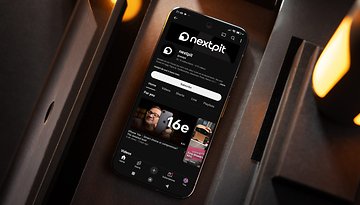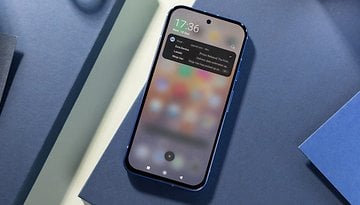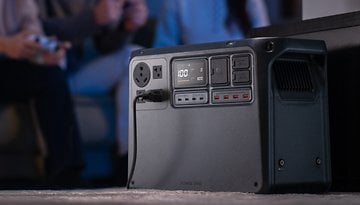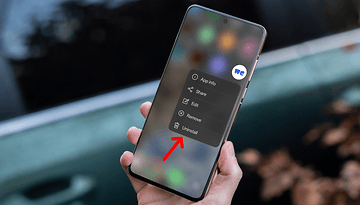The modern day C64: Raspberry Pi 400 for €70
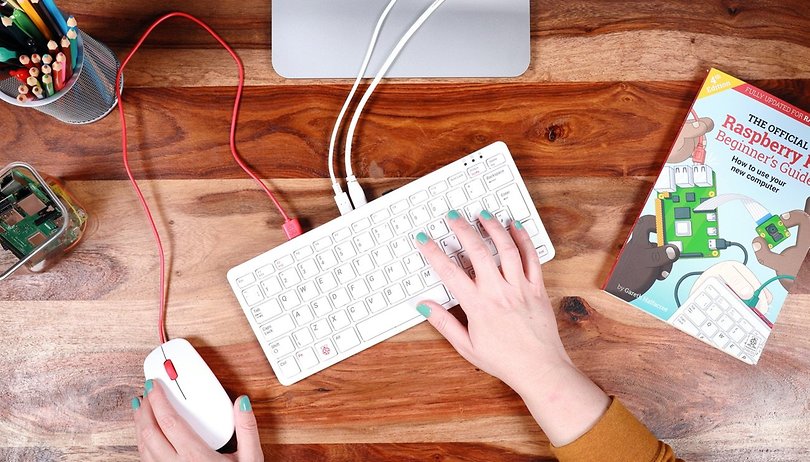

Read in other languages:
Do you still remember the C64 (Commodore 64)? While the legendary computer from the 1980s is slowly but surely being forgotten by the younger generation, those who want to experience a tinge of nostalgia can always look forward to the Raspberry Pi 400. Maybe you are already familiar with the practicality of a single-board computer, in which the manufacturer of the same name places all of the necessary components required to make a computer run into a handy form factor that is no larger than that of a credit card. With the Raspberry Pi 400, all of these will now find the necessary room housed within a keyboard, being inspired by the ancient 1980s C64.
First of all, let us go back in time to talk about Raspberry Pi. The Raspberry Pi Foundation launched a single-board computer way back in 2012. Developers worked on combining all of the necessary components of a conventional computer onto a single board, which was roughly the size of a credit card. Since the components had enough power for experimentation and were delivered without Windows or Mac operating systems pre-installed, there was a boom of tinkerers, hobby developers, and other beneficiaries almost eight years ago.
Raspberry Pi 400 comes with a full keyboard
Fast forward to today, and you have the fourth edition of the Raspberry Pi and the inexpensive Zero version, being suitable for all kinds of hobbyist experimentations, although the new Raspberry Pi 400 is far less flexible. This is because the single-board computer is equipped to work right out of the box with a full-sized keyboard accompanied by the Function keys and a numeric pad. At the heart of this computer lies a Raspberry Pi 4, which boasts of the following components:
- Broadcom BCM2711 processor with 4 cores
- 4 Gigabyte LPDDR4 RAM
- Dual-band WLAN (802.11 AC)
- Bluetooth 5.0 BLE
- Gigabit Ethernet
- MicroSD card slot (required for internal memory)
At the back of the keyboard, there is also a 40-pin GPIO header, which is otherwise located directly on the Raspberry Pi's circuit board. There are also a couple of USB 3.0 ports, one USB 2.0 port, and two micro HDMI ports, each capable of delivering a maximum resolution of 4K. Power is supplied via a USB adapter, which is available as an option or included in the computer kit for just under €100 ($100). Without a mouse, a microSD card, a manual, and an HDMI cable, the recommended retail price stands at €70 ($70). For now, available languages for the Raspberry Pi 400 include Spanish, French, German, English, and Italian with more are to follow in due time.
What is the whole thing good for?
The Raspberry Pi 400 and all of the other devices from the manufacturer are of course, not complete computer solutions with which you can surf the Internet right out of the box. Instead, you will need to acquire some technical know-how in order to get the computers running. The manufacturer now also offers its own Linux distribution that is known as PiOS, which you can run directly from the microSD card. The application purposes are then extremely divergent, depending on the individual of the Raspberry Pi fan community.
Some people have decided to build the ultimate retro console out of a Raspberry Pi and run a variety of emulators, while others measure the temperature in their smart home with such cheap single-board computers. The Pi 400 is more suitable for use in your own office as opposed to trying out software applications. One thing to take note of though: you should not tinker with the Raspberry Pi 400 as it comes within the keyboard case, as doing so would void the manufacturer warranty.
What has your experience been like with the Raspberry Pi so far, and what do you think of the new offering? Discuss with us about select application areas and leave some tips! This is because a handful of members among our editorial staff have already ordered the C64 clone and are waiting for its delivery. The longer I report about it, the more curious I get!
More articles on NextPit:
- Winners and losers: Netflix hikes price
- Huawei: New plan to produce chips could save the company
- "One more thing.": Apple announces event for November 10
- Phone 12 without 120 Hz: wise decision of missed opportunity?
- Cowboy Bike 3 review: The city speedster is better than ever
Source: Raspberry Pi Foundation











